-
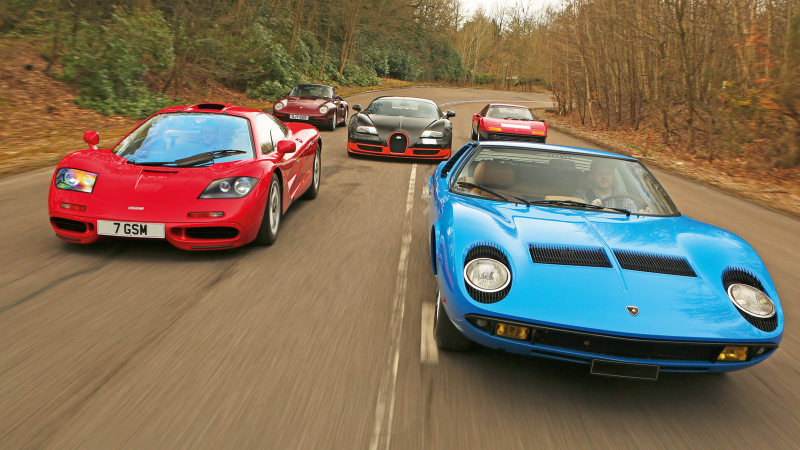 © Tony Baker/Classic & Sports Car
© Tony Baker/Classic & Sports Car -
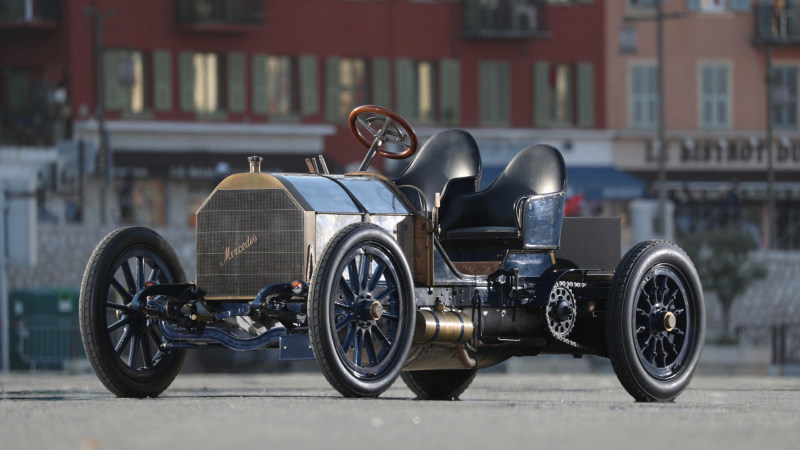 © Mercedes-Benz Classic
© Mercedes-Benz Classic -
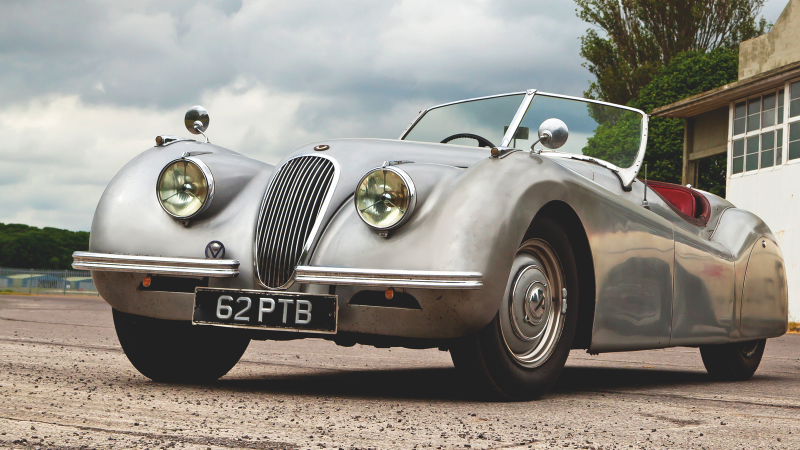 © David Shepherd/Classic & Sports Car
© David Shepherd/Classic & Sports Car -
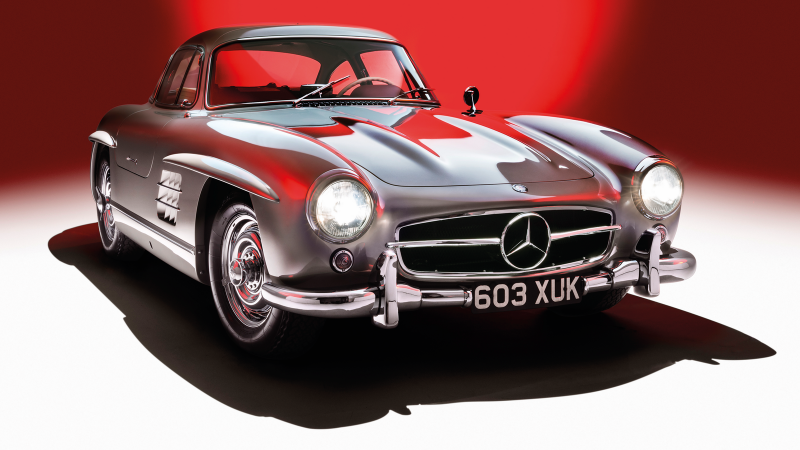 © Tim Andrew/Classic & Sports Car
© Tim Andrew/Classic & Sports Car -
 © Tony Baker/Classic & Sports Car
© Tony Baker/Classic & Sports Car -
 © Tim Andrew/James Mann/Classic & Sports Car
© Tim Andrew/James Mann/Classic & Sports Car -
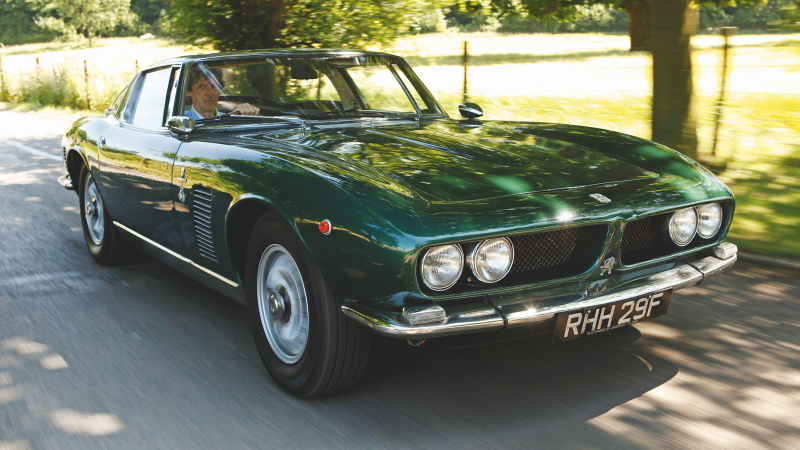 © Tony Baker/Classic & Sports Car
© Tony Baker/Classic & Sports Car -
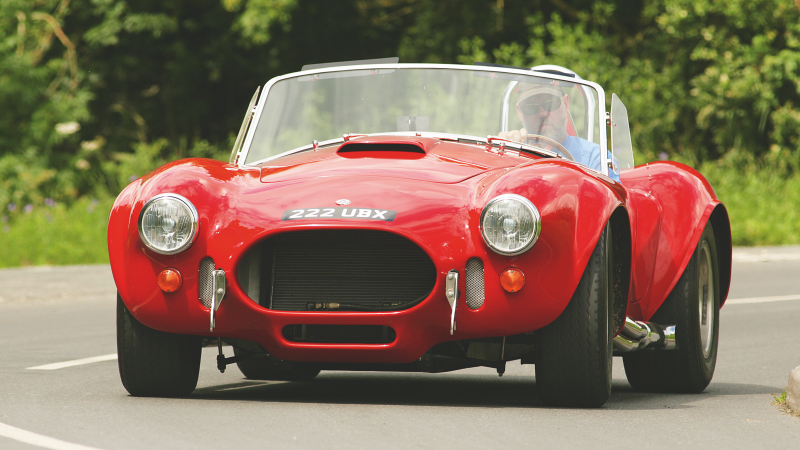 © Tony Baker/Classic & Sports Car
© Tony Baker/Classic & Sports Car -
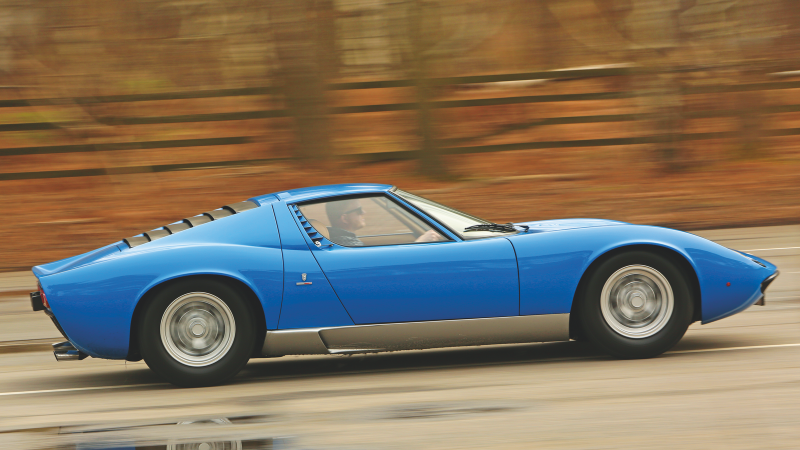 © Tony Baker/Classic & Sports Car
© Tony Baker/Classic & Sports Car -
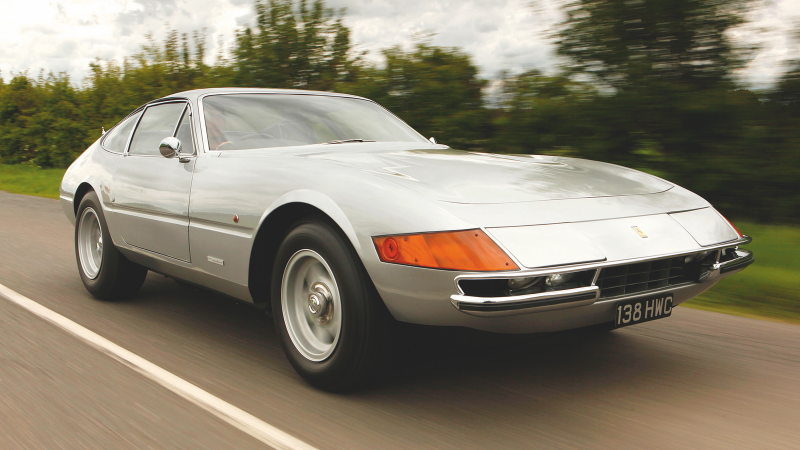 © Tony Baker/Classic & Sports Car
© Tony Baker/Classic & Sports Car -
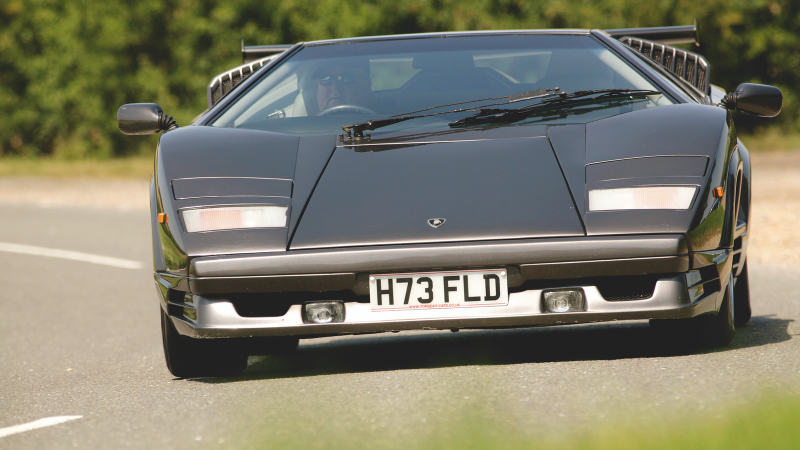 © Tony Baker/Classic & Sports Car
© Tony Baker/Classic & Sports Car -
 © James Mann/Classic & Sports Car
© James Mann/Classic & Sports Car -
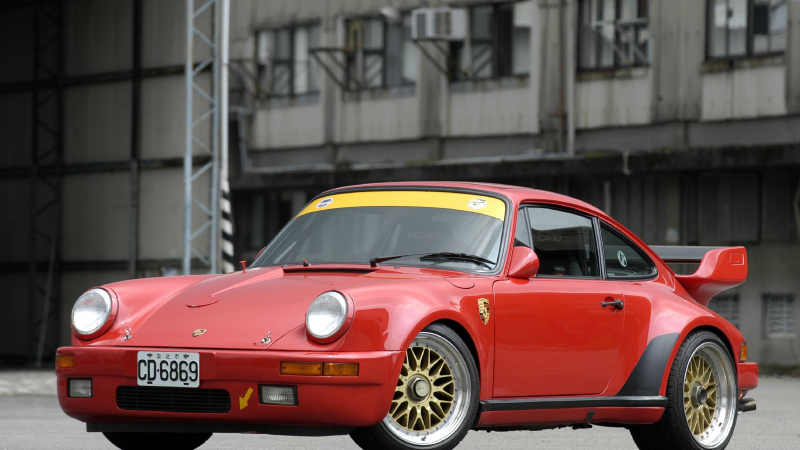 © 陳 清 (Creative Commons)
© 陳 清 (Creative Commons) -
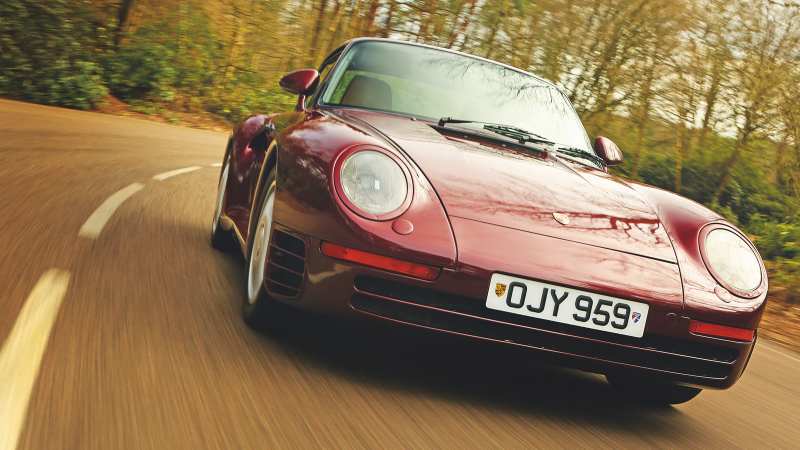 © Tony Baker/Classic & Sports Car
© Tony Baker/Classic & Sports Car -
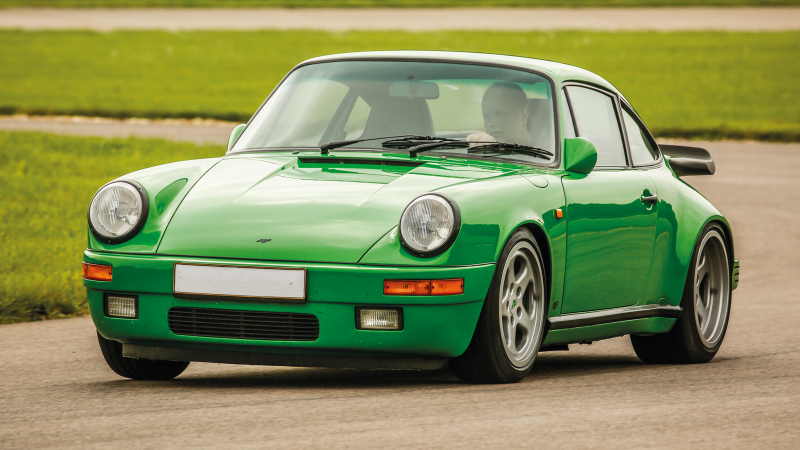 © Tony Baker/Classic & Sports Car
© Tony Baker/Classic & Sports Car -
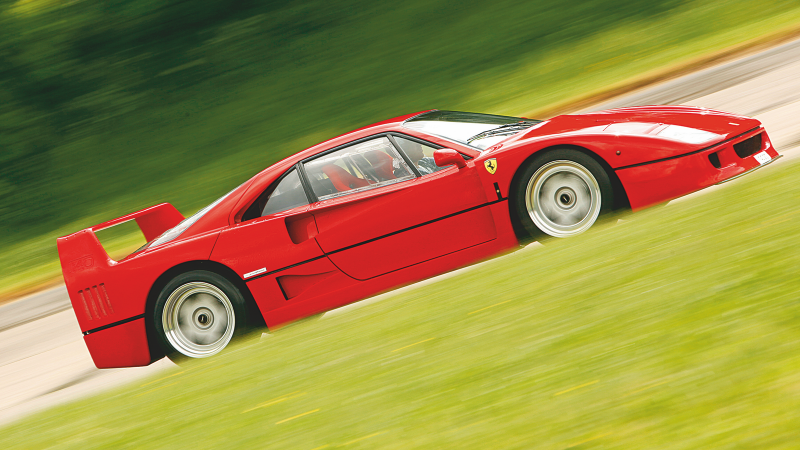 © Tony Baker/Classic & Sports Car
© Tony Baker/Classic & Sports Car -
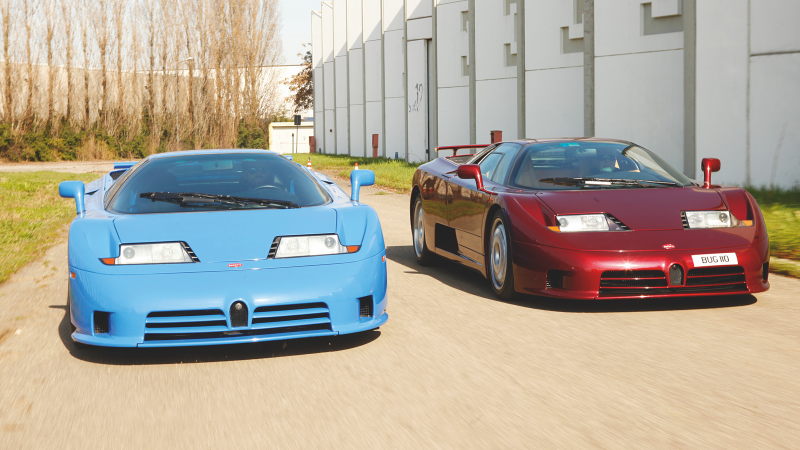 © Tony Baker/Classic & Sports Car
© Tony Baker/Classic & Sports Car -
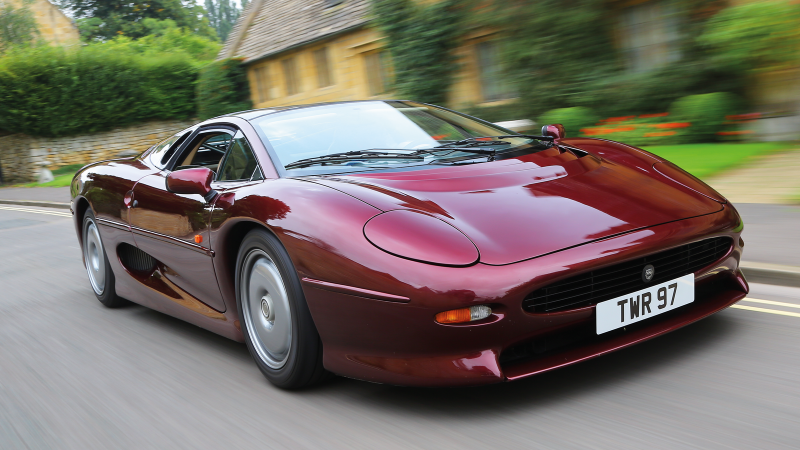 © Tony Baker/Classic & Sports Car
© Tony Baker/Classic & Sports Car -
 © Tony Baker/Classic & Sports Car
© Tony Baker/Classic & Sports Car -
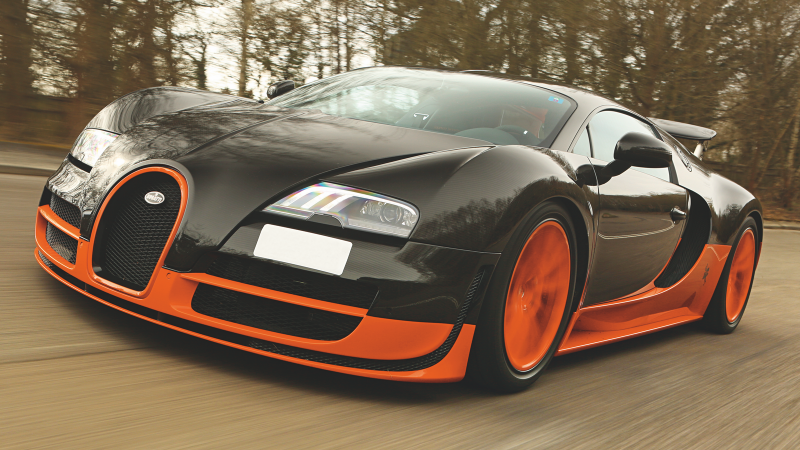 © Tony Baker/Classic & Sports Car
© Tony Baker/Classic & Sports Car
-
Record-breaking classics that topped the speed traps
Outright speed has never been a true measure of how good a car really is. In fact, many cars are rapid in a straight line but become dogs as soon as you touch the steering wheel.
Yet, for as long as they’ve been building four-wheeled machines, the majority of manufacturers have wanted theirs to be the fastest in the world.
The fabled production car speed record might be meaningless in the real world – unless you own a private race track – but for decades it’s been one of the most sought-after crowns in motoring.
To celebrate that age-old pursuit of speed, here is every record-breaking production car of the 20th century. At least, depending on who you ask…
-
Where did it all begin?
Before World War 2, there were a host of machines that vied for top speed honours – from the 73mph Mercedes Simplex 60hp of the 1900s to the supercharged Duesenberg SJ of the ’30s, which claimed to be capable of 140mph.
We’re talking about production cars, though: road-legal machines built to standard specification and offered for sale to the general public, not coachbuilt special commissions. Which means we have to start in 1948…
-
Jaguar XK120
Top speed: 121mph
Launched in 1948, the XK120 was the first sports car built under the company’s new moniker – Jaguar Cars Limited – and it was one very fast cat.
Autocar tested one of the 3.4-litre machines in 1952 and hit a top speed of 121mph – “just about the fastest to be recorded” and just shy of the 124.6mph recorded with the same model by The Motor in 1949.
-
Mercedes-Benz 300SL
Top speed: 151mph
Bred to race, sublimely stylish and supremely engineered, the Mercedes-Benz 300SL demolished the existing speed record when it launched in 1954 – while also offering cruising comfort of the highest calibre.
Equipped with direct fuel injection and a 3-litre engine good for 240bhp, in the right conditions and with the correct gearing setup it could supposedly hit 160mph. Did anyone actually achieve this in the real world? It's doubtful – but Automobile Revue reportedly reached 150.7mph in 1958.
-
Aston Martin DB4GT
Top speed: 152mph
Come 1959, Aston Martin revealed a performance version of its already capable DB4 tourer, just 75 of which were eventually built.
Lightened through use of aluminium, the DB4GT’s engine gained a trio of carburettors and two spark-plugs per cylinder, transforming it into a 302bhp powerhouse that could propel the Aston a solid 1mph past the 300SL.
-
Ferrari 250GTO
Top speed: 158mph
Was the 250GTO a world-beater? It wouldn’t be a list of supposedly concrete speed records without some controversy – and so it is with Ferrari’s early-'60s homologation special.
The claimed top speed was 158mph, but Motor reportedly maxed out at 147mph on a road test, while other sources reckon it couldn’t eclipse 155mph – and the Prancing Horse today notably doesn’t list a top speed for its most famous of models.
-
Iso Grifo GL
Top speed: 161mph
It’s one that often slips through the cracks, but the Iso Grifo in GL guise was faster than any of its Italian contemporaries: Autocar clocked a 161mph top speed in 1966, reporting that the 365bhp stallion had “the highest top speed of any production car we have tested”.
Things only got more powerful in 1968 with the 7 Litre, a revised model powered by, you guessed it, a 7-litre Chevrolet engine.
-
AC Cobra 427
Top speed: 165mph
Pairing a 427cu in Ford motor with an newly designed AC chassis, the mid-’60s Cobra held the Guinness World Record as the fastest accelerating production car for several years.
What’s more, it also had the highest top speed, with Car & Driver reporting a maximum of 165mph in its November 1965 issue.
-
Lamborghini Miura P400
Top speed: 171mph
Fittingly for what was arguably the first true supercar – complete with 3.9-litre V12 engine – the Lamborghini Miura claimed top speed honours in the second half of the ’60s.
In 1967, Motor reported a 171mph top speed after testing the first-generation P400, beginning a supercar war with Ferrari that saw the Sant’Agata marque repeatedly refine and bolster the Miura.
-
Ferrari 365GTB/4 Daytona
Top speed: 174mph
Just a year after the P400 came the fabled Daytona – and Ferrari’s range-topping GT wasn’t about to be beaten.
Unlike the rear-mid-engine Miura, the GTB/4 stuck to the proven front-engine, rear-wheel drive setup, but that didn’t hamper its speed credentials: driven by Autocar in 1971, it reportedly topped out at 174mph.
-
Lamborghini Countach LP500S
Top speed: 182mph
Not to be outdone, Lamborghini responded, first, with the Miura P400S in 1968 – which, according to a Sport Auto test in 1970, was good for 179.3mph.
Then things got serious: from swooping lines to angular aggression, Lambo unleashed the capricious Countach on the world – and it was the 1982 LP500S variant that took things to a new extreme, with Auto, Motor und Sport reporting a 182mph top speed a year after launch.
-
Ferrari 288GTO
Top speed: 188mph
The ball was back in Ferrari’s court, and the Prancing Horse responded resoundingly with the 288GTO.
Taking boxy cues from the Countach and sticking a 2.8-litre twin-turbo V8 behind the driver, this homologation special beat out even the 185mph Countach 5000 QV on its way to a 188mph top speed recorded by Auto, Motor und Sport in 1985.
-
Ruf BTR
Top speed: 190mph
There’s a caveat or two, though. First, the veracity of that figure is doubted by some, given that other tests at the time failed to take the 288GTO past the 180mph mark.
Second, the Ruf BTR. Was it a production car? That depends on your definition: first released in ’83, roughly 30 of these Porsche 911-derived powerhouses were built from bare chassis, with further examples being customer car conversions.
The juicy bit, though, is the top speed hit by Auto, Motor und Sport in 1987: 190mph.
-
Porsche 959
Top speed: 198mph
No marque wants to have an after-market tuning house beat them at their own game, so Porsche promptly took the crown from Ruf with the 959.
Built to go rallying, Porsche launched the frankly nutty 959 for the road in the mid-’80s, complete with a twin-turbocharged 2.8-litre flat-six good for 444bhp and, according to a Road and Track test in 1987, 198mph in Sport trim.
-
Ruf CTR
Top speed: 213mph
But the battle didn't end there: Ruf responded in 1987 with another 911-derived machine, the CTR – a 3.4-litre twin-turbo powerhouse with 463bhp at its disposal.
Porsche’s answer? The 959S, an uprated 510bhp version of its already rapid race-bred renegade.
Auto, Motor und Sport tested both at the Nardò Ring in 1988, with the 959S hitting a staggering 211mph. The CTR? 213mph.
-
Ferrari F40
Top speed: 199mph
You might be thinking that we’ve made a glaring omission. Wasn’t the F40, Ferrari’s fastest and most powerful model ever, the first car to top 200mph?
Not exactly. See, while the Prancing Horse would have you believe that its late-’80s supercar was indeed a world-beater, it was also at the Nardò Ring for that Auto, Motor und Sport test – and it could only manage an oh-so-close 199mph (a figure matched by a Sport Auto test in the same year).
-
Bugatti EB110 GT SS
Top speed: 218mph
Don’t go thinking that’s the end of the confusion, either. See, when Bugatti launched its EB110 GT in Paris in 1991, its top speed was 210mph – slower than both the Ruf and the Porsche before it.
A year later, though, the marque followed it up with a lighter, more powerful variant – the EB110 GT SS – which had a reported (and theoretically record-breaking) top speed of 216mph. Or was it 217mph? Or the 218mph reportedly recorded by Sport Auto in 1996?
-
Jaguar XJ220
Top speed: 217.1mph
Launched in the same year as the Bugatti but tested before it, the Jaguar XJ220 was developed with the help of specialist Tom Walkinshaw Racing – and the result was a track-bred sports machine for the road, complete with 3.5-litre twin-turbo V6 good for a whopping 542bhp.
What was its official top speed? According to Guinness World Records, a world-beating 217.1mph in 1992 – except the car had reportedly been modified for the run. The plot thickens.
-
McLaren F1
Top speed: 221mph
Mercifully, this final entry is largely undisputed. The poster boy for F1-derived engineering and advanced materials, the McLaren F1 was a technological masterpiece way ahead of its time – and that told at the speed trap.
Its 6.1-litre V12 engine was, according to a Car and Driver test in 1994, capable of hitting 221mph at the rev limiter. Without the limiter? It could supposedly head north of 240mph.
-
How high can you go?
Whichever figure you accept, the McLaren F1 was easily the fastest car of the 20th century – and it remained the quickest road-legal production vehicle in the world until the arrival of the Koenigsegg CCR in 2004.
Subsequently, the battle for top speed supremacy has been between the small Swedish marque and Bugatti, which responded first with the Veyron and then the Veyron 16.4 Super Sport – good for 258mph.
The current holder of the crown? The Koenigsegg Agera RS, which has an independently verified, eye-watering top speed of 278mph. Who knows what the fastest machine of this century will be…
